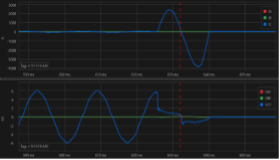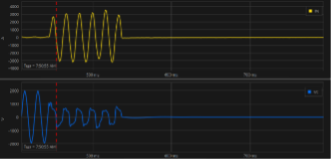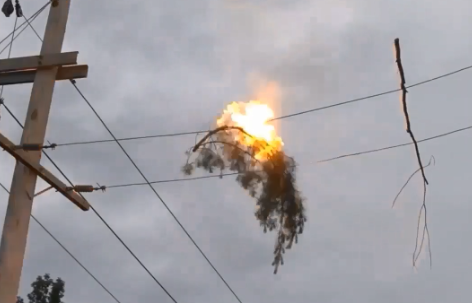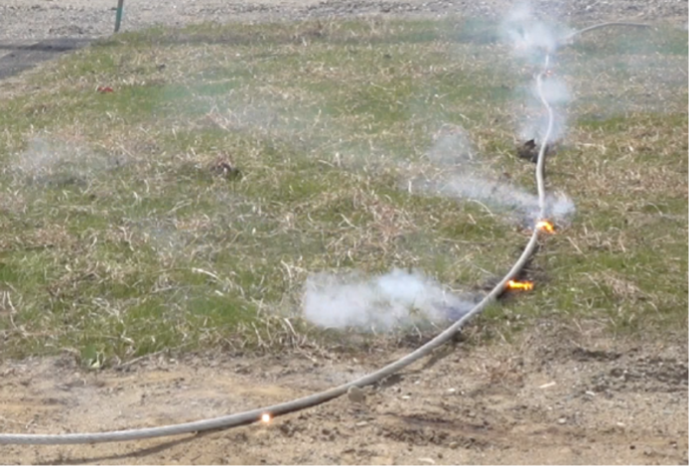Fault Energy Reduction Technology and Enhanced Protection RD&D
To reduce ignition and fire risks, power system protective devices need to be more intelligent, more adaptive to fire weather and more tightly coordinated. Toward these interests, when a power system fault occurs any technology or strategy that reduces the amount of current that flows into the fault path can subsequently reduce the likelihood that local vegetation will ignite. Similarly, any technology or strategy that can speed up the opening of the circuit protective device would reduce the risks of vegetation ignition. These concepts are generically referred to as enhanced protection settings and approaches. To make decisions regarding faster tripping or reduced fault current solutions there is concurrently a need for understanding the localized vegetation ignition risks based on testing of (different vegetation types and wetness/dryness conditions) under varying amplitudes and durations of arc (fault) energy. Faster protection and vegetation interaction research opportunities are described in the following sections.
Faster Protective Devices – EPRI Previously tested and demonstrated a fault current reduction technology that operates about ten times faster than a traditional protective device. The technology can react to clear a fault in less than ten milliseconds, which is significantly faster than the typical 100 millisecond clearing time for most protective reclosers and sectionalizers. The early testing demonstrated the ability to SCADA control the unit and can bypass the fast protection with a standard recloser when fire weather was not a threat. It is believed the technology can be optimized to provide less than five millisecond response time and can be customized for different current levels with additional RD&D.


Vegetation Ignition Curves – Different kinds of vegetation under different levels of wetness/dryness exhibit ignition propensities that are not easy to calculate or compare. There is a need for a consistent and replicable method of using variable arc currents to understand the complete ignition and sustained flame profile.


By leveraging spectral imagery to characterize the wetness/dryness of different vegetation samples and then applying different current and durations to the samples, the expected outcomes are ignition risk curves for different vegetation types. The curves may then be applied to smart distribution automation equipment along with customized fire threat modeling. The model outputs would then provide understanding of whether it is safer to operate and trip the circuit or if it is necessary to transition into a proactive PSPS (public safety power shutoff) event.
What is needed to accelerate the industry toward the 2030 Vision?
Research in this space could have a two-fold benefit as it would address the need for faster fault clearing and would simultaneously help understand vegetation/ground fuel ignition risk, based on the existing fault clearing capabilities of the protective hardware in place. Most significantly there is an opportunity with this research to reduce both the need for Public Safety Power Shutoff (PSPS) and could reduce the amount of time a circuit needed to be in the PSPS outage condition.
Which 2030 Future States are Impacted by this Work?
- A comprehensive selection of fault energy limiting technologies
- Full understanding of vegetation ignition probability as fault energy is reduced